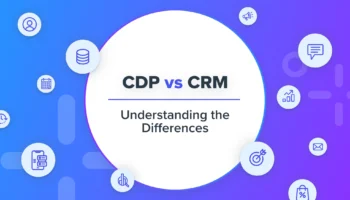As online consumer behavior rapidly shifts, ecommerce marketing also undergoes major changes. With the ever-declining attention span of consumers, brands must think of ways to stand out in just a snap.
Today’s online consumers are dominated by millennials and Gen Z. These two audience segments expect a high quality and speed of customer experience. They will often hop between apps and websites and interact with the same brand through two or more channels.
For example, one will start their browsing via email, continue it on social media, and then eventually land on a brand’s website. So, if your branding across platforms is inconsistent, you may be losing customers without even knowing.
This is often what online shoppers do, and it has become a pain point for brands. One way to solve this is to ensure that brands and marketers unify all their channels and ensure that customer journeys across all platforms and devices are cohesive.
Omnichannel marketing is the next transformation of marketing campaigns. Now, your customers can not only engage with you on whichever platform they want, but also decide which of those platforms is most relevant and compelling to them.
In this blog, we’ll cover the most important trends in the omnichannel marketing space that you should follow in 2022.




